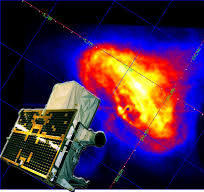
|
AGILE |
AGILE is devoted to gamma-ray astrophysics and it is a first and unique combination of a gamma-ray (AGILE-GRID) and a hard X-ray (SuperAGILE) instrument, for the simultaneous detection and imaging of photons in the 30 MeV - 50 GeV and in the 18 - 60 keV energy ranges
|
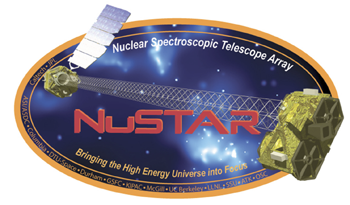
|
NuSTAR |
NuSTAR is the first focusing high-energy X-ray mission (3-80 keV) in orbit, opening the hard X-ray sky for sensitive study for the first time.
|

|
Swift |
The Neil Gehrels Swift Observatory is a mission dedicated to the observations of Gamma-ray bursts (GRBs) and other celestial sources in the X-ray and UV energy bands.
|
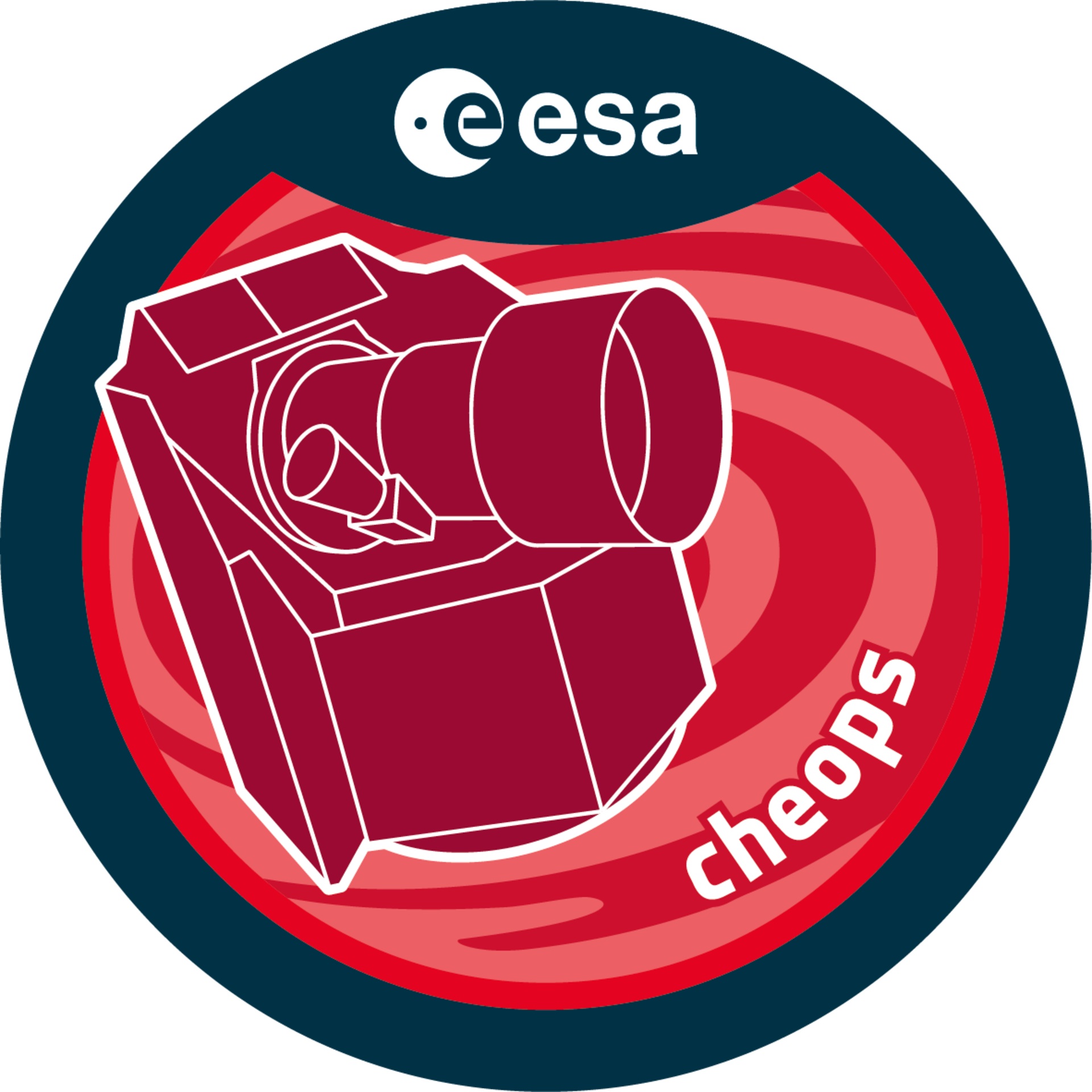
|
Cheops |
Cheops' main scientific objective is the study of the structure of exoplanets smaller than Saturn, orbiting bright stars
|
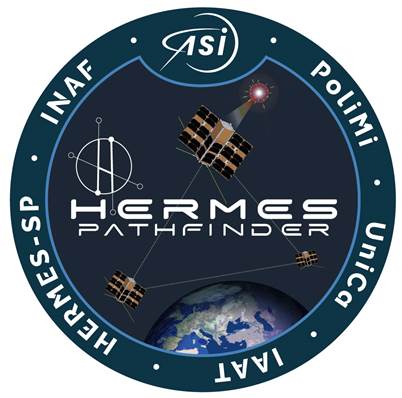
|
HERMES |
HERMES is a mission concept which aims to detect and locate bright high-energy transients such as Gamma-Ray Bursts (GRBs), that are candidate electromagnetic counterparts of gravitational waves.
|
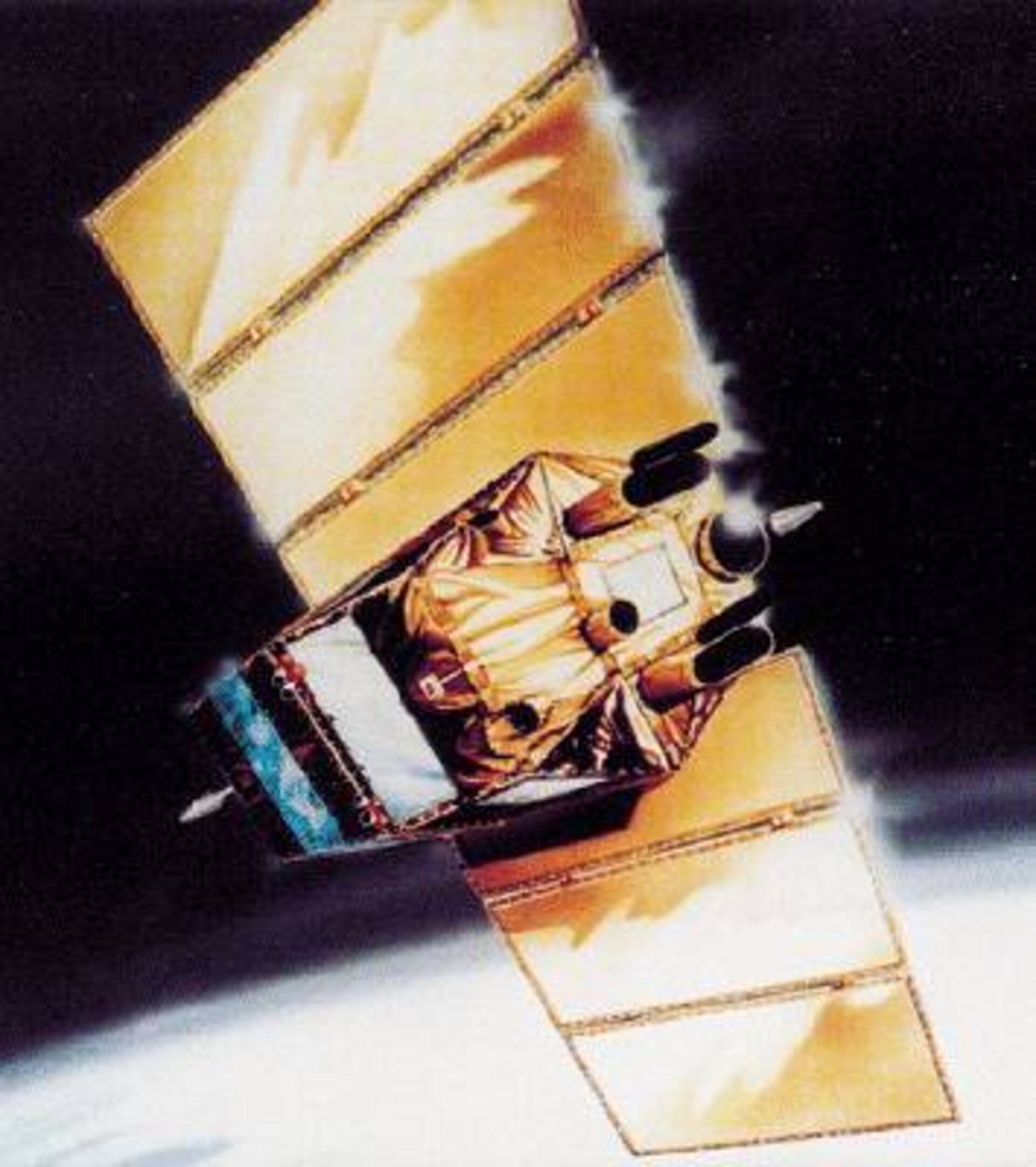
|
BeppoSAX |
BeppoSAX is an X-ray astronomy satellite, whose main scientific characteristic is the wide spectral coverage, ranging from 0.1 to over 200 keV
|
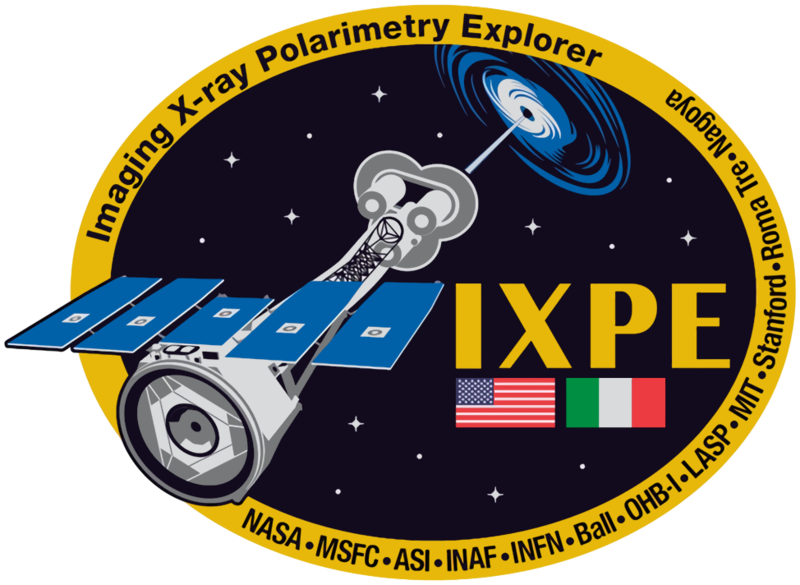
|
IXPE |
IXPE is a pointing telescope exploiting the polarization state of the X-ray photons emitted by violent and dense astronomical objects, such as neutron stars and pulsar wind nebulae, as well as stellar and supermassive black holes.
|

|
Planck |
Planck is a mission to observe the first light in the Universe designed to image the temperature and polarization anisotropies of the Cosmic Background Radiation Field over the whole sky
|

|
Gaia |
Gaia provides high-accuracy astrometry, measuring the 3D position of a star and its movement across the sky. The astrometric data are also enriched by spectroscopic and spectrophotometric data.
|

|
Herschel |
Herschel is a mission conceived to provide spectroscopic and photometric observations at far infrared and sub-millimetre wavelengths
|
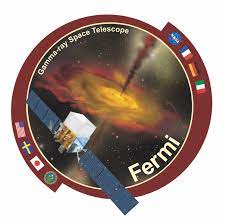
|
Fermi |
The Fermi satellite studies energetic gamma-rays, observing physical processes far beyond the capabilities of earthbound laboratories, and opening a wide energy window on the universe
|

|
Euclid |
Euclid is a space survey mission dedicated to investigate the origin of the accelerating expansion of the Universe and the nature of dark energy, dark matter and gravity.
|
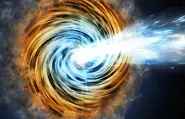
|
Olimpo |
OLIMPO is a long-duration balloon mission designed to study clusters of galaxies through the Sunyaev-Zel'dovich effect
|
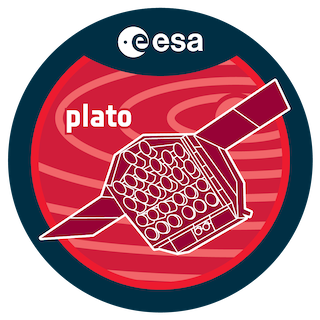
|
Plato |
PLATO's main scientific objective is the discovery and characterization of extrasolar planetary systems
|